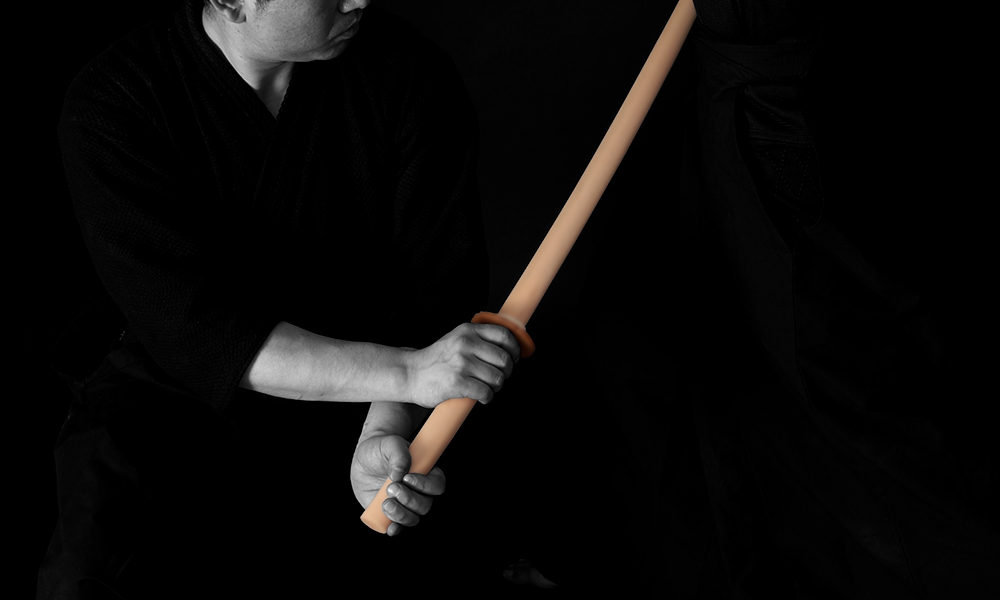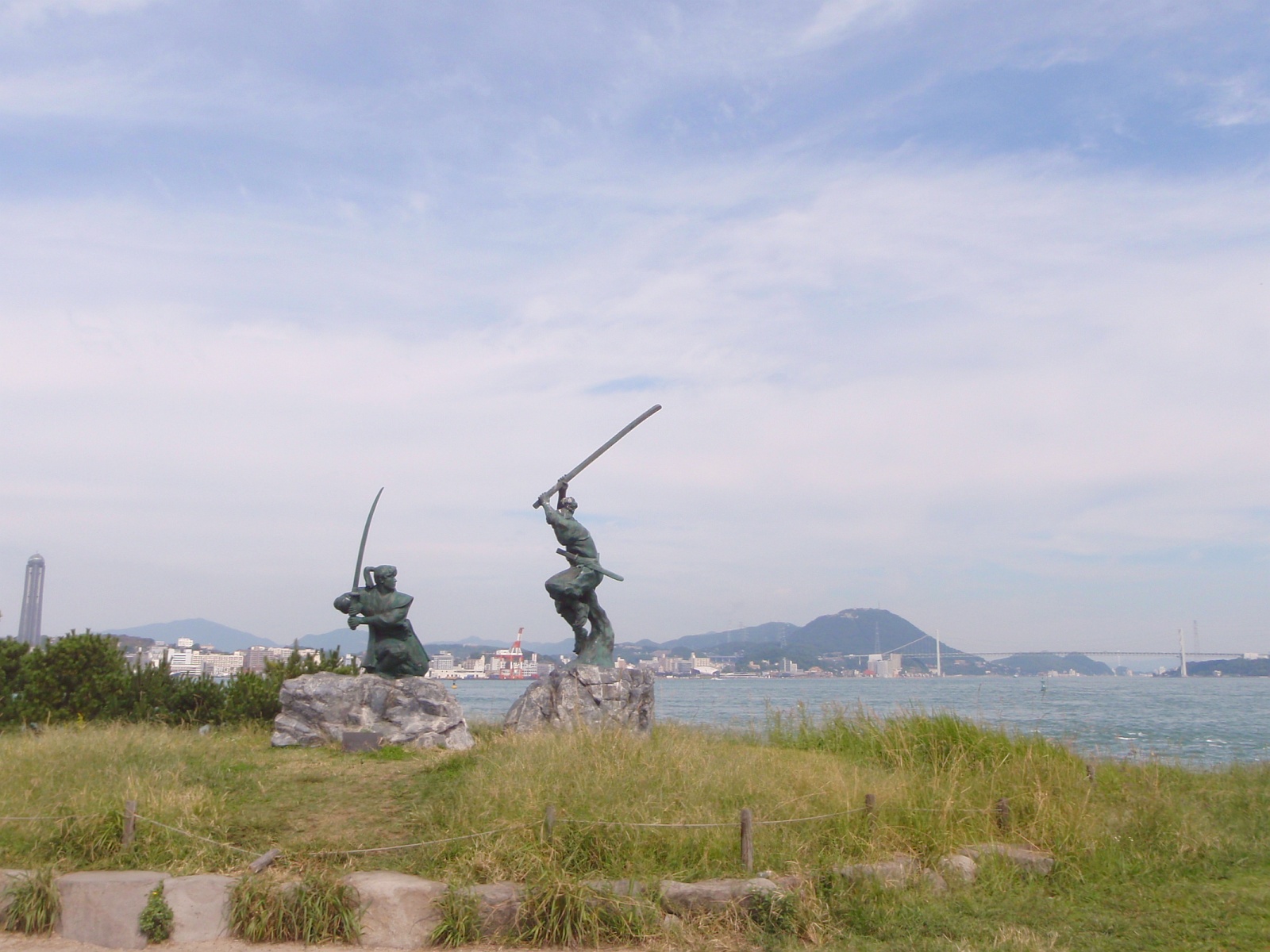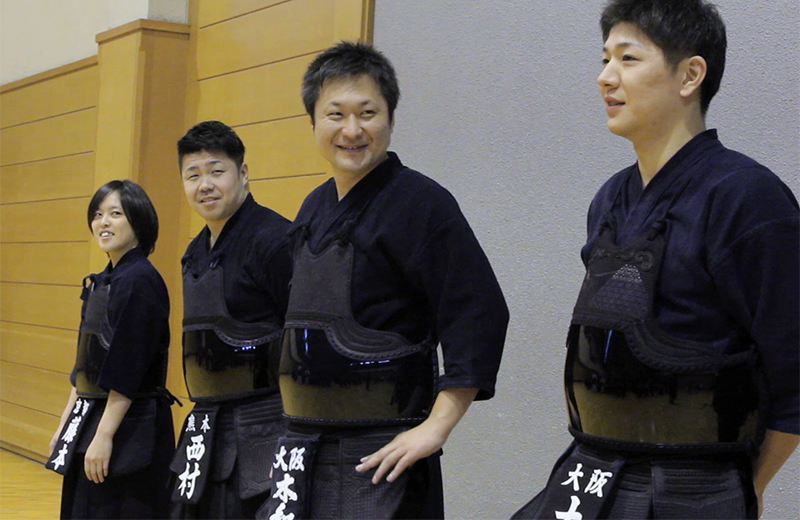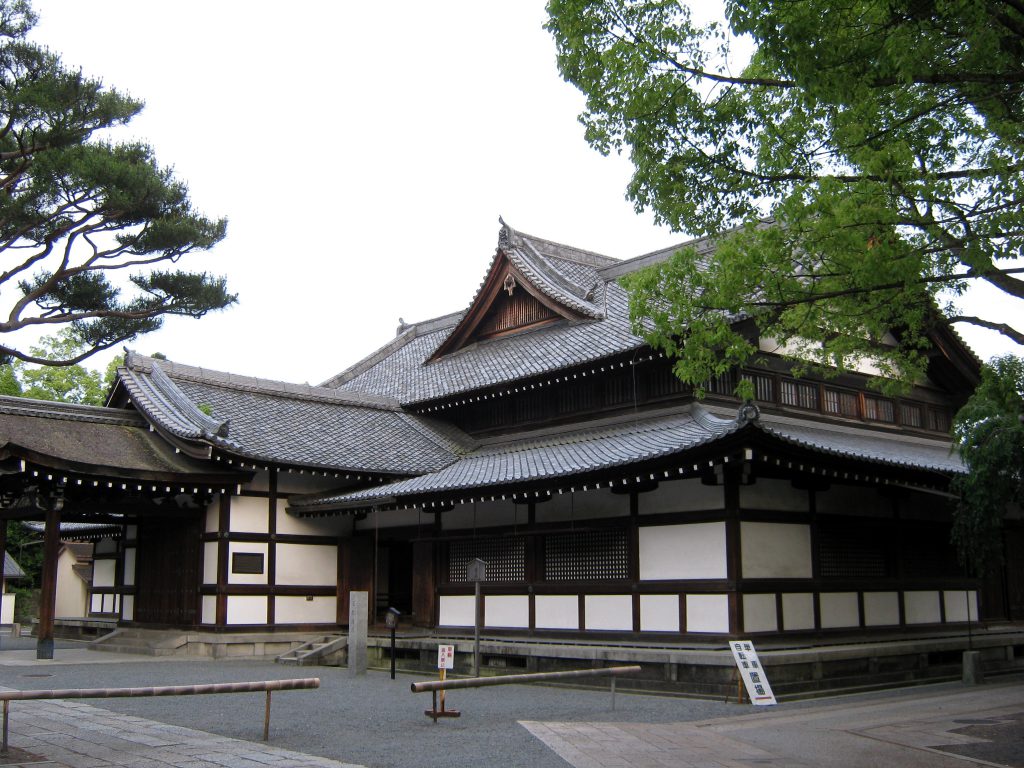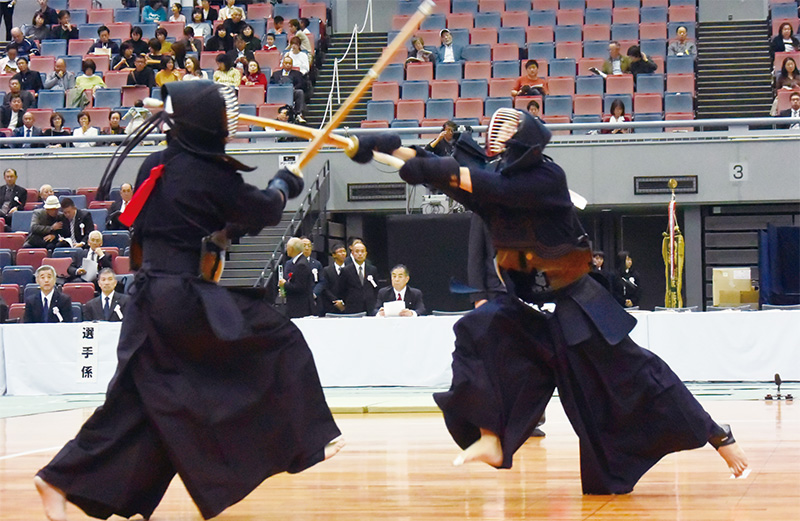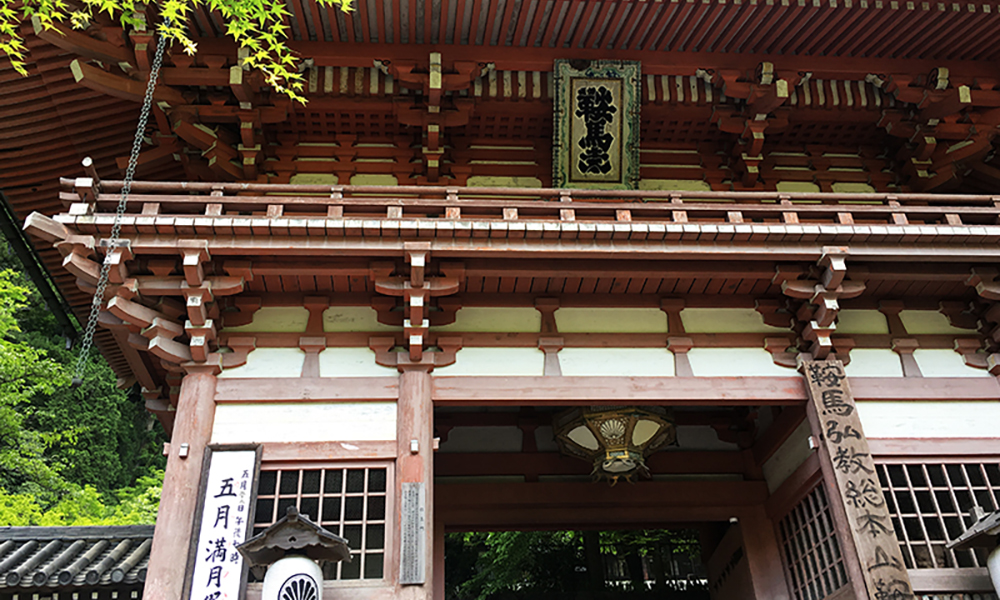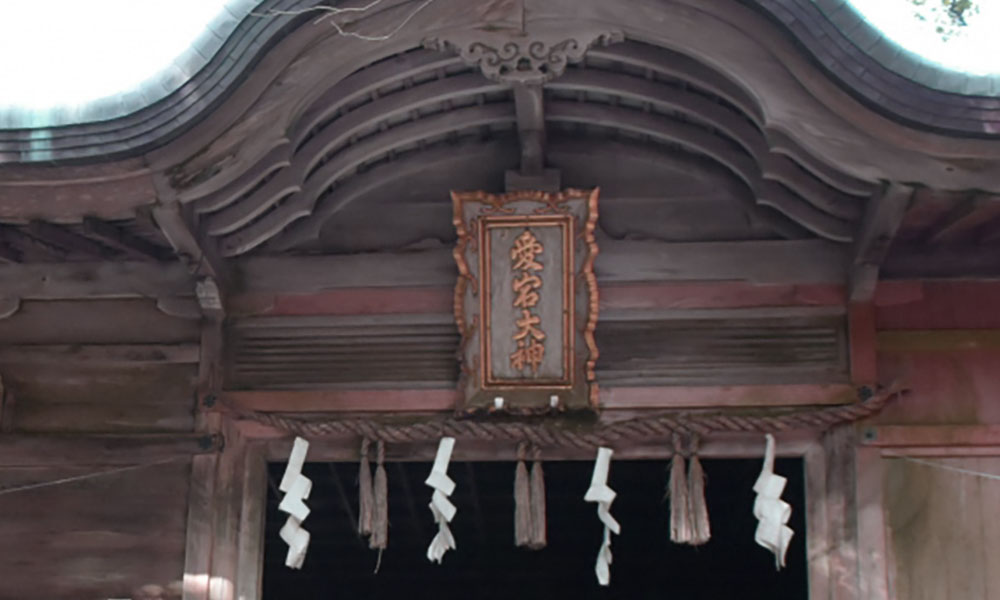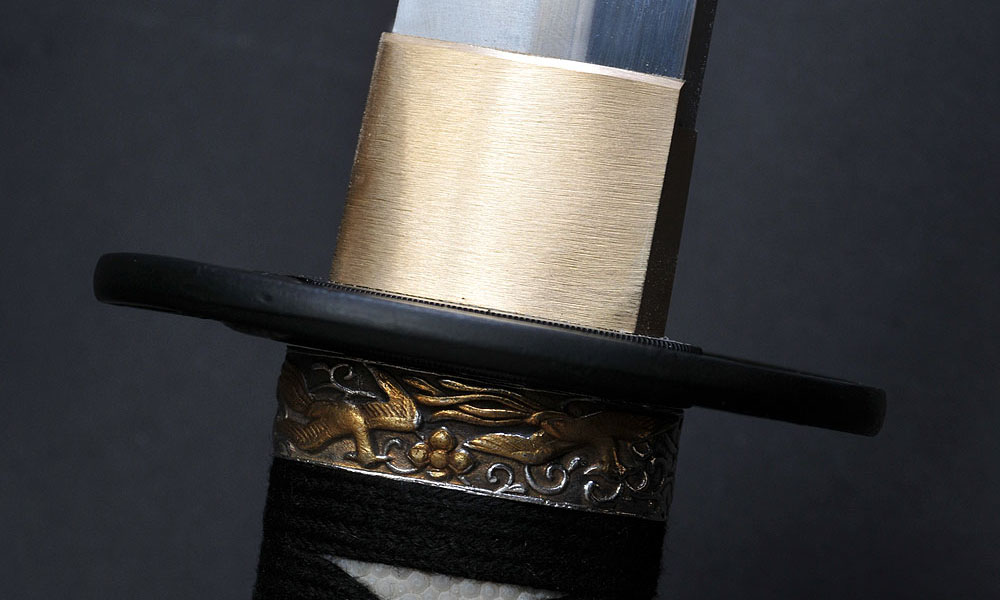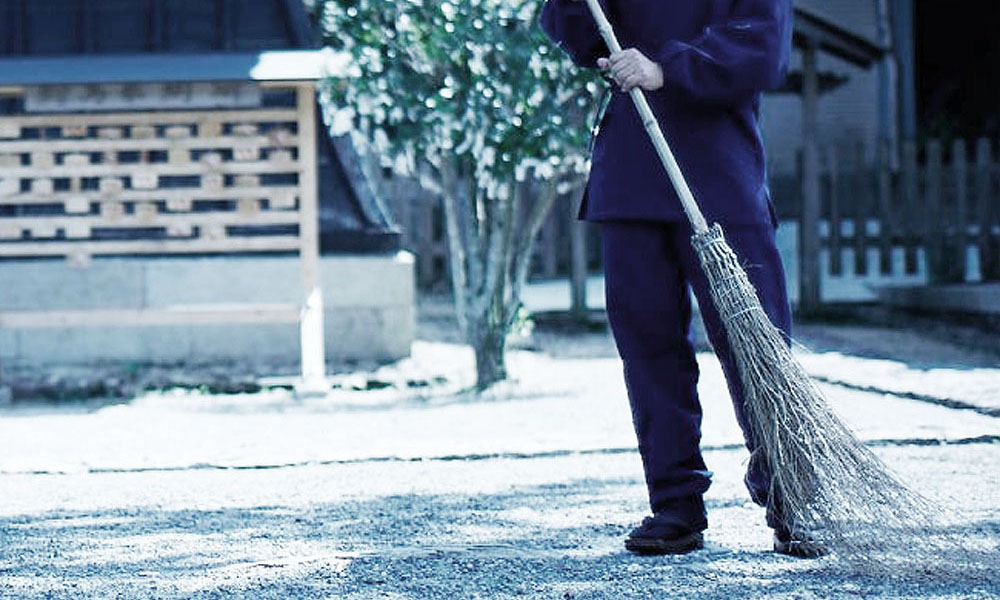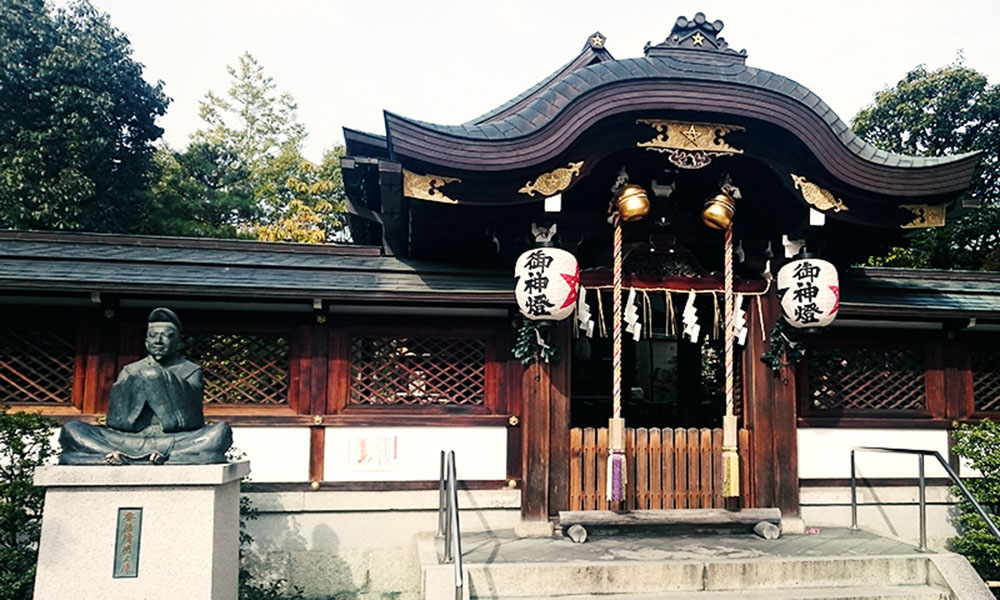Waxing Wooden Weapons
Tozando How To’s -How to apply wax to your wooden weapons- One of the easiest methods to make sure your wooden weapons are protected from the elements is by applying a wax. In this article we will explain one method for applying paraffin wax to your bokken. The reason we Read More


